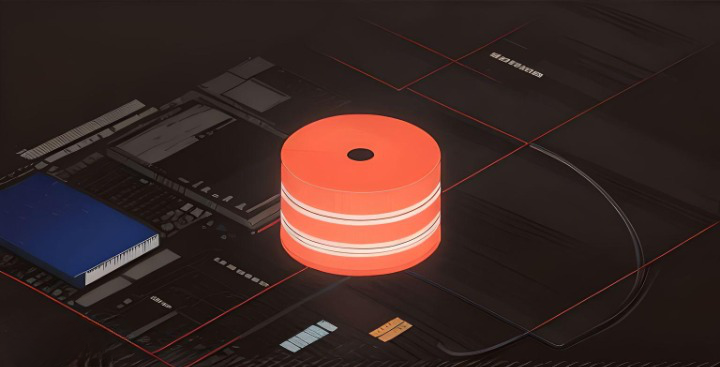Choosing the Right Database for Your Web Application
When it comes to building a successful web application, one of the most crucial decisions you’ll face is choosing the right database. The database you select can significantly impact your application’s performance, scalability, and overall user experience. In this article, we’ll delve into the world of databases, exploring different types and factors to consider, helping you make an informed decision that aligns with your application’s needs.
Understanding Different Database Types
Before we dive into the specifics, let’s briefly explore the three primary categories of databases: relational, NoSQL, and NewSQL. Each type offers distinct advantages and is suitable for different scenarios. Understanding their fundamental differences is the first step towards making the right choice.
Comparing Relational Databases: A Structured Approach
Relational databases, like MySQL, PostgreSQL, and Microsoft SQL Server, use a structured format with tables, rows, and columns. They ensure data integrity through ACID transactions, making them ideal for applications where maintaining data consistency is critical. If your application involves complex relationships between data, a relational database might be your best bet.
Navigating NoSQL Databases: Flexibility Meets Diversity
NoSQL databases break away from the structured nature of relational databases, offering flexibility in handling unstructured or semi-structured data. Document-based, key-value, column-family, and graph databases fall under the NoSQL umbrella, each tailored to specific use cases. For real-time analytics, content management, and scenarios where data structures can evolve rapidly, NoSQL databases shine.
Introducing NewSQL Databases: The Best of Both Worlds
NewSQL databases bridge the gap between relational and NoSQL databases, combining the benefits of both. They offer the structure of relational databases along with the scalability advantages of NoSQL solutions. If you’re aiming for high performance while maintaining ACID compliance, NewSQL databases offer a compelling option.
Factors Shaping Database Choice
Selecting the right database involves considering various factors:
- Performance: How quickly can the database handle read and write operations?
- Scalability: Can the database scale seamlessly as your application grows?
- Data Structure: Is your data structured, semi-structured, or unstructured?
- Consistency and Availability: Do you prioritize data consistency or high availability?
- Query Complexity: How complex are the queries your application will execute?
- Use Cases: Matching Databases to Applications
The right database choice depends on your application’s nature. E-commerce platforms benefit from relational databases to manage transactional data, while social media networks might lean towards NoSQL databases to handle diverse user-generated content. Content management systems often find NoSQL databases suitable for their flexibility in storing varied content types.
Comparing the Pros and Cons
Creating a comparison chart of the pros and cons of each database type helps visualize their strengths and weaknesses. Consider factors like ease of use, schema flexibility, scalability, and data integrity. This evaluation will serve as a valuable reference when making your decision.
Planning for Long-Term Growth
As your application gains traction, its requirements will evolve. Choosing a database that can accommodate future feature additions and increased user loads is essential. A well-chosen database will empower your application to thrive without facing major architectural changes down the road.
Beyond Database Type: Additional Considerations
While the database type is pivotal, other factors matter too. Decide between cloud and on-premises hosting based on your infrastructure preferences. Budget for licensing costs and factor in the support available from the database’s community. Security features, backup options, recovery mechanisms, and data replication should also influence your decision.
Success Stories: Realizing Benefits Through Database Choice
Real-world success stories underline the impact of the right database choice. Applications that aligned their requirements with the strengths of their chosen database enjoyed growth, improved performance, and enhanced user satisfaction.
Making an Informed Decision: Step-by-Step Guide
To make the best choice, follow a step-by-step guide. Evaluate your application’s specific requirements, perform thorough research, and test databases based on your use cases. Seek advice from experts if needed, ensuring you have a comprehensive understanding of each option’s strengths and limitations.
Conclusion: Database Decisions for Web Triumph
In conclusion, the database you select holds the key to your web application’s triumph. By understanding the different database types, evaluating critical factors, and matching databases to your application’s needs, you can pave the way for optimal performance, scalability, and user satisfaction.





Leave A Comment